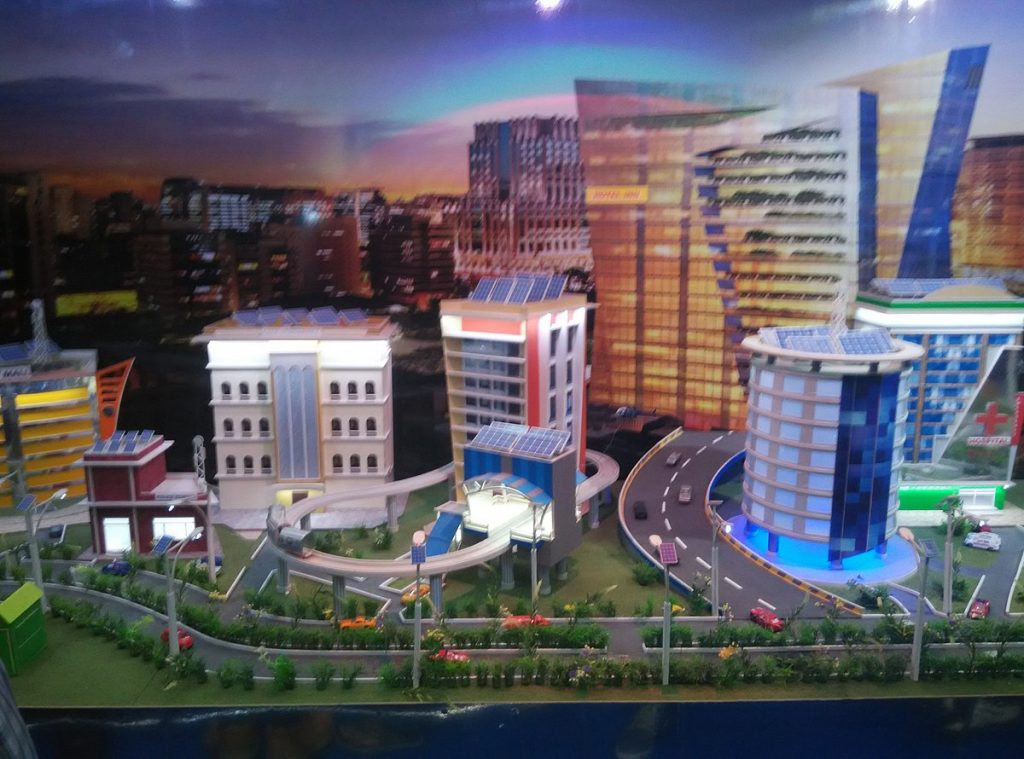It’s always good to start off the new year by looking into the crystal ball and trying to figure out what’s going to happen moving forward. Here, I’m looking into the crystal ball via a report that the folks at ARM have recently published. Their 2019 Technology Survey & Predictions: Yes to More Tech, Yes to AI, Yes to Body Odor Detection is interesting, even if I for one believe there’s a reasonably viable, long-proven approach to body odor detection that does not require technology.
Here are a few quick takeaways.
For starters, their survey showed that, globally, 66% of participants reported that technology had become more important to their lives during 2018, while 31% said the importance had remained unchanged during the year. This isn’t surprising. What is surprising to me is that 3% of people noted that technology had become less a part of their lives. Hmmmm.
The survey showed that the vast majority of respondents had smartphones, and ARM made some smartphone-related prognostications. One thing they’re looking for is smarter navigation, predicting that by 2022 augmented reality will be used in mobile nav apps, and that “within three years, we expect Simultaneous Localization and Mapping (SLAM) to be widely-used in precision (down to <1cm accuracy) location-based service indoors, particularly by retailers looking to guide shoppers to specific goods.”
They’re also predicting that gaming will increasingly be moving to smartphones, with gaming on tablets reaching the point of obsolescence by 2025. To me, this is more about the convergence of tablets and smartphones, as smartphones grow in size. The smartphone gaming (and movie-watching) experience will be enhanced by 5G technology, which will enable no-latency downloads by 2020.
Smartphones will be getting smarter, with a prediction that during 2019, “the average number of global monthly users of AI-based mobile apps…will double to 2 billion people.” And speaking of getting smarter, ARM foresees that 2019 will be the year in which the intelligent home will really start to take off, especially “in areas such as home lighting, irrigation and heating/cooling.” I don’t really need to have a refrigerator figuring out what aisle I’m in at Wegman’s and telling me what to buy, but apps like lighting, heating/cooling, and home security work for me!
While our homes are getting more intelligent, so are commercial buildings.
Energy efficiencies from optimized HVAC and efficient lighting are fast becoming table stakes for all new buildings so smarter owners will look towards space optimization, object detection for safety/security, way finding and asset tracking as a way of making buildings work better for users.
Cities are getting in on the get smart act as well.
The rise of Machine Learning (ML) and Computer Vision (CV) will mean
smart city guardians will look beyond cost reduction (e.g., intelligent LED street lighting) to citizen engagement and stronger revenue flows from areas such as red-light violation detection, Wi-Fi-hotspot, 5G services, smart towers, crime detection/analysis and information broadcast.
Regular Critical Link blog readers will know that I am very interested in car-related technology, so I got a kick out of ARM’s saying that “Mph may be giving way to MHz”, as their survey found that car buyers are increasingly interested in the tech features of their new vehicles. I’m not advocating for it, but as cities get smarter, there’ll no doubt be a rise in the use of technology to avoid red-light violations. Just sayin’.
As for the use of technology for body odor detection, ARM sees this as the type of odd-ball AI application we’re likely to see in 2019, when they predict there’ll be “new flexible plastic computer chips embedded in clothes to detect body odor levels.”
Overall, 92% of those surveyed anticipate that the use of AI will become more widespread in 2019, and ARM sees more and more devices running AI algorithms and using machine learning processes to learn user patterns over time. Despite all the technology adoption, concerns remain about security and privacy.
As always with technology, exciting times ahead!
Image source: ARC Advisory Group

 smart city guardians will look beyond cost reduction (e.g., intelligent LED street lighting) to citizen engagement and stronger revenue flows from areas such as red-light violation detection, Wi-Fi-hotspot, 5G services, smart towers, crime detection/analysis and information broadcast.
smart city guardians will look beyond cost reduction (e.g., intelligent LED street lighting) to citizen engagement and stronger revenue flows from areas such as red-light violation detection, Wi-Fi-hotspot, 5G services, smart towers, crime detection/analysis and information broadcast.